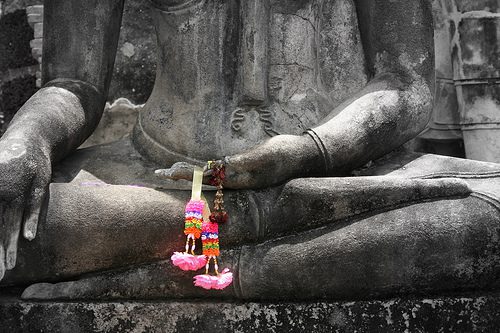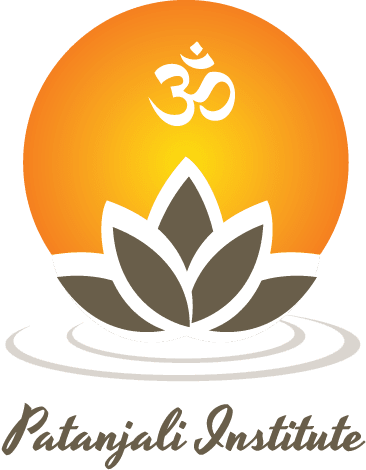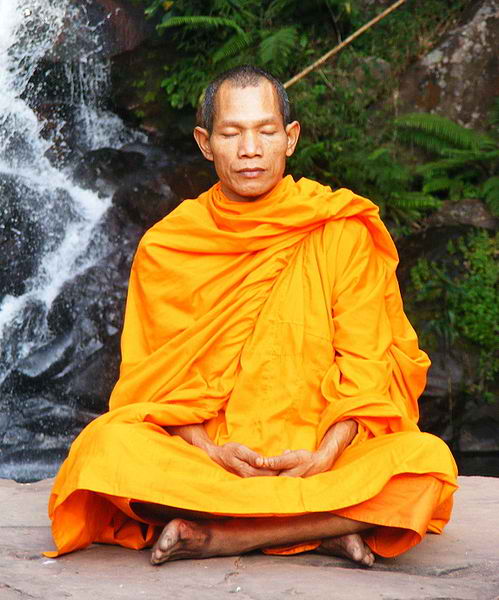The Secrets of Tantra Yoga

Tantra has become a term used quite often nowadays and we tend to associate it with sexual practices (especially those who practice yoga in Bali and other places), without really knowing what it is actually about. Formulating a definition of Tantra is no easy task, since it is a sum of proceedings and beliefs that can’t be enclosed within a consistent structure. It has emerged in India around 400 AD and it is widely connected to doctrines such as Hindu, Sikh, Buddhism, and Jainism.
What is Tantra?
Tantra is different from any other kind of approach by its holistic view. It is related to all sciences and it deliberately intends to incorporate all aspects of life. The various elements compiling life (earth, water, fire, air, and akasha, the fifth element), are brought together by dharma, the uniting law.
The purpose of this collection of ideas and practices is to free the primary energy, Kundalini, and to improve the awareness of the human being.
Who Needs Tantra?
Most of us experience obstacles and adversities in our lives at one point. Tantra practices propose a way out of crisis for all of us and suggest that the only way of attaining change and gaining insights on life is to change our inner pattern, our native programming.
If your pattern is contaminated with nescience (the absence of knowledge or awareness), prejudice, greed, and self-indulgence, you need to erase this inappropriate program and replace it with values like serenity, concord, and orderliness. This new pattern must apply to the mind as well as to the heart so the individual becomes capable of transcendental consciousness.
There is not a certain well-defined doctrine of Tantra; those who practice Tantra and apply its techniques are introduced to a set of beliefs meant to experience life in a holistic way and to obtain a complete, close understanding of the world.
To put it clearly, Tantra considers the world to be real and not an illusion, so there is no division between the divine and the profane. Embracing reality (Prakriti) brings freedom and happiness.
The Two Main Concepts in Tantra
There are also two main concepts in Tantra, evolution and involution. They must be understood as opening and returning currents. In order to become aware, one must learn how to use the returning current, so he eliminates illusion and touches the very core of reality.
Tantra is a doctrine which accepts human nature and tries to encourage its positive part. For instance, Tantra considers that desire is normal and essential to human beings, but we must cultivate only the positive ones, those bringing love and harmony and not those which turn us into slaves. These ideas imply that sexual practices are natural and desirable and can also represent a way to enlightenment.
Tantra techniques include yoga, asana and pranayama (breathing exercises), mudras (movements), mantras (words and sounds), mandalas (symbols which link elements of the macrocosm to the ones of the microcosm), yantras (diagrams representing the forces of the universe), chakras (psychic centres), tapasya (purification), shaktipat (conducting energy).
All these practices aim to unveil Kundalini, the full potential found in every one of us.
Learn Yoga in Bali
Patanjali Institute has a unique program that combines yoga teacher training and clinical hypnotherapy training in Candidasa Beach near Ubud in Bali. If you’re interested to do yoga in Bali, check out our schedule for upcoming classes and availability.
Photo credits:
Buddha’s Hands by echiner1 under CC BY-SA 2.0.
Abbot of Watkungtaphao in Phu Soidao Waterfall by Tevaprapas Makklay under CC BY 3.0.
About the Author
Nayeema Akter is a regular contributor of Patanjali Institute. She has been practicing Hatha Yoga since 2003 and is also a certified Yoga teacher since 2005. She’s a writer and editor, and her writing practice is strongly influenced by her practices of Yoga, meditation and alternative healing.


